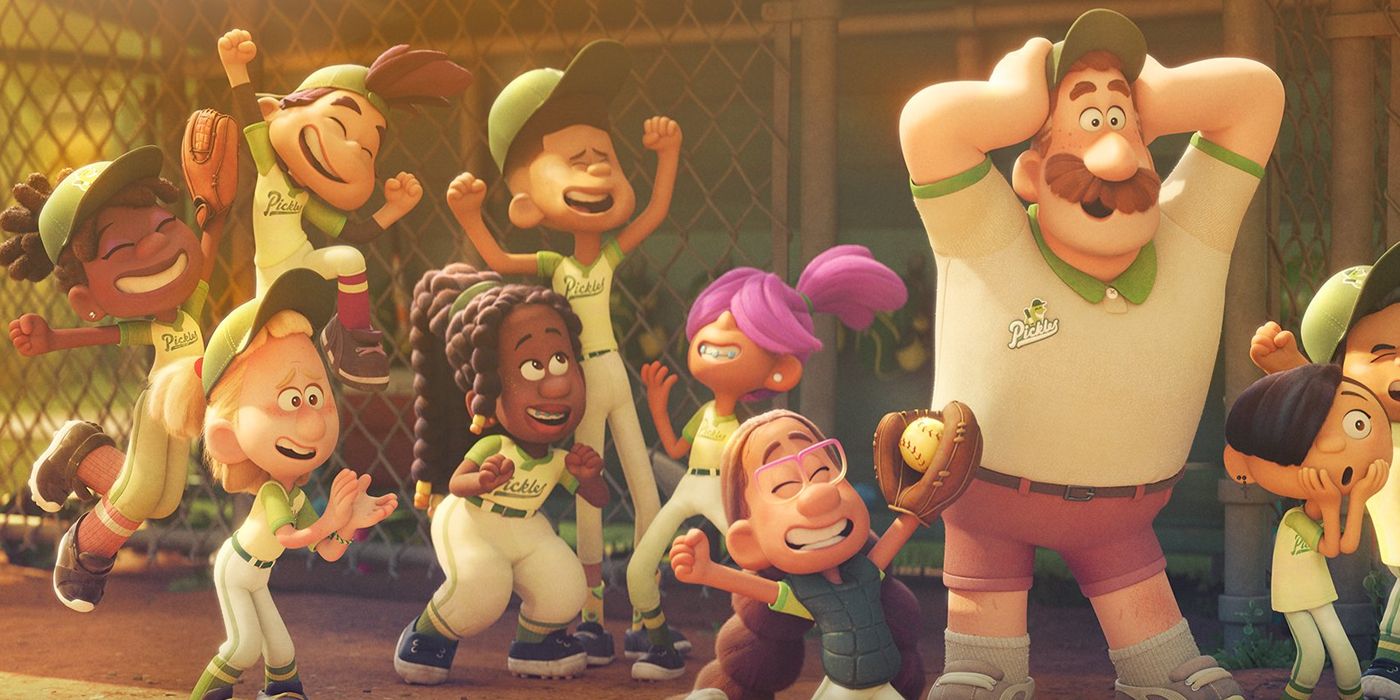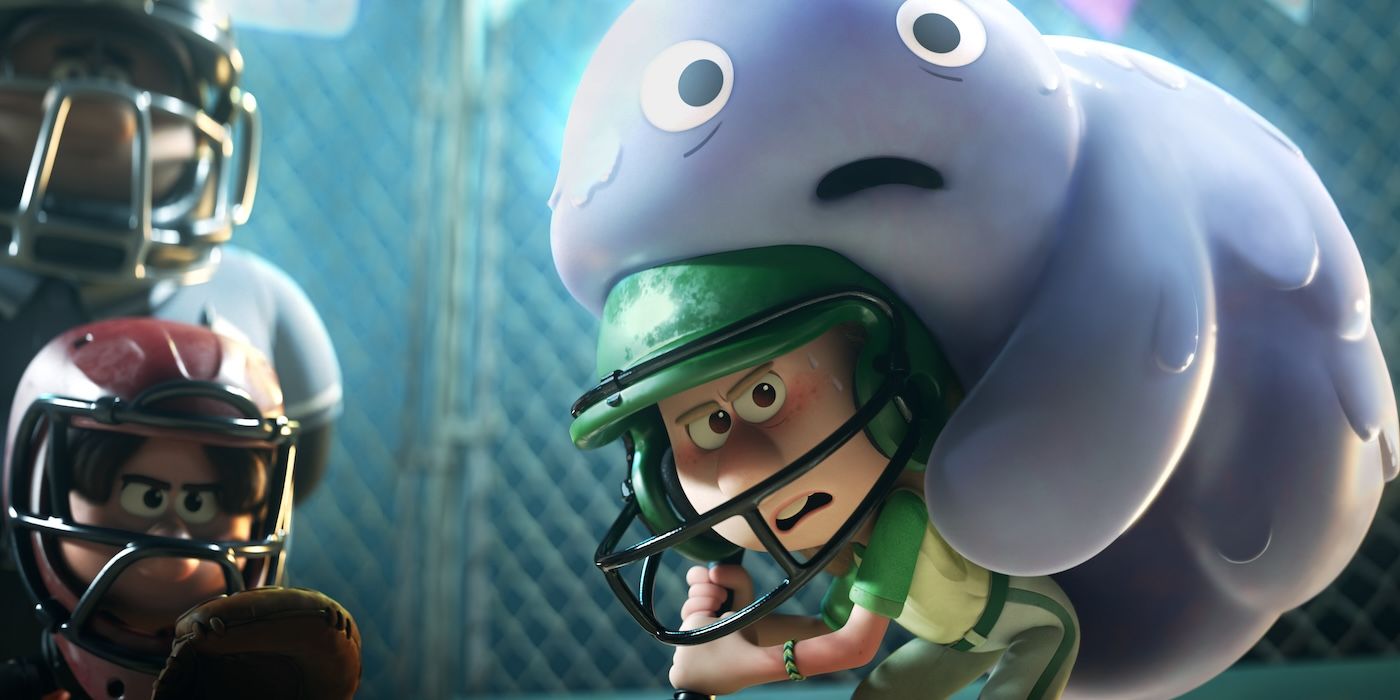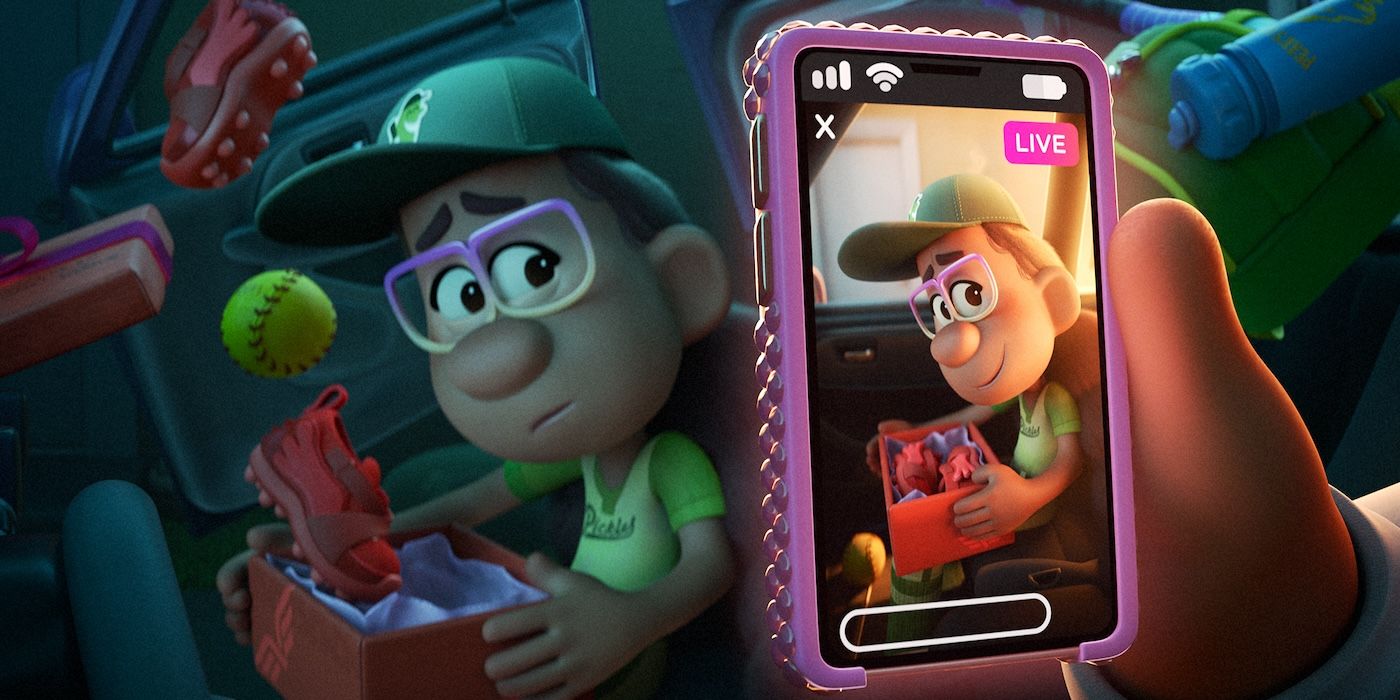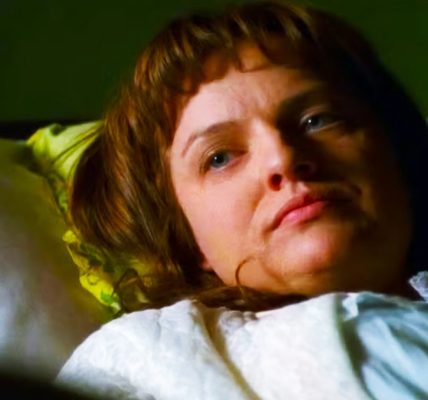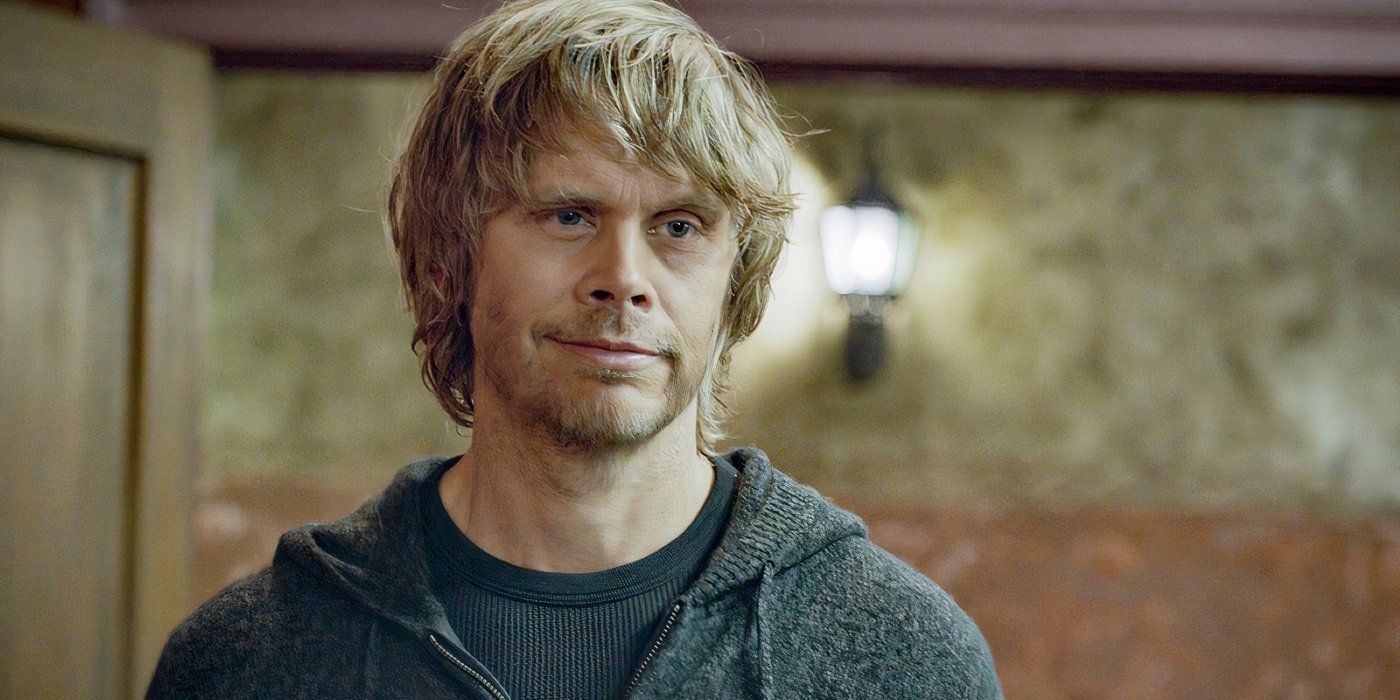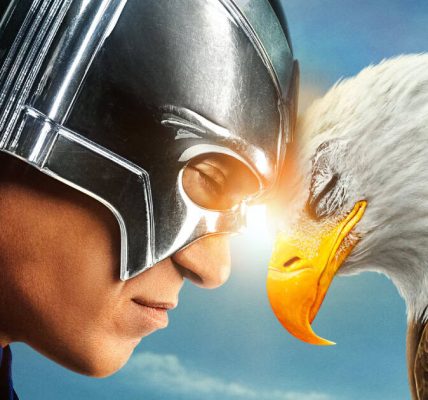Since the launch of Disney+, Disney has faced challenges in optimizing its major brands for the streaming platform. Recently, Walt Disney Animation Studios made the strategic decision to transition Moana 2 from a series on Disney+ to a theatrical release. Similarly, Marvel?s long-awaited Armor Wars, featuring Don Cheadle, has also shifted from a planned Disney+ show to a movie. Meanwhile, the Star Wars franchise has exploded in popularity on Disney+, leading to the upcoming theatrical release of The Mandalorian & Grogu next year. Even after six years since the inception of Disney+, it seems Disney is still fine-tuning how to leverage this platform effectively.
No other Disney brand has experienced such fluctuations as Pixar. Due to the pandemic, notable Pixar films such as Soul, Turning Red, and Luca were exclusively released on Disney+. Pixar shorts, once a staple in theaters, are now primarily available on Disney+, while series such as Monsters at Work, Cars on the Road, Forky Asks a Question, Dug Days, and the recent Dream Productions have carved out a niche within the Pixar universe on Disney+. Although these series haven’t reached the same impact as Pixar’s major films, Win or Lose, Pixar?s inaugural original series, represents a significant step in crafting stories suited for episodic storytelling.
Discover the Engaging Premise of ‘Win or Lose’
Win or Lose revolves around eight unique characters navigating the week leading up to a significant championship softball game. The inaugural episode, titled ?Coach?s Kid,? introduces us to Laurie (voiced by Rosie Foss), the daughter of the softball team’s coach (Will Forte). She grapples with immense self-imposed pressure as a member of the Pickles softball team, personified by a comically exaggerated sweat monster (Jo Firestone) that shadows her, amplifying her anxiety and burdens.
Throughout the initial four episodes of Win or Lose, we delve deeper into the lives of the team members and those pivotal to their journey. For instance, Frank (Josh Thomson), the league?s umpire and a middle-school teacher, is coping with the emotional fallout of a recent breakup. The episode ?Raspberry? centers on Rochelle (Milan Elizabeth Ray), the team?s standout player, who resorts to questionable means to earn some extra cash by assisting classmates with cheating. The subsequent episode, ?Pickle,? shifts focus to Rochelle?s single mother, Vanessa (Rosa Salazar), who is torn between her responsibilities and the realization that her daughter may not be who she thought. Through these narratives, Win or Lose effectively showcases characters we may have seen before and reveals the complexities that lie beneath superficial appearances.
‘Win or Lose’ Innovatively Redefines Pixar Storytelling
Directed by Carrie Hobson and Michael Yates, both of whom have extensive experience with Pixar projects and were story artists on Toy Story 4, Win or Lose stands out for its unique narrative structure. This allows for an exploration of characters and moments from fresh, new perspectives, enriching the storytelling experience. This is particularly evident in the third and fourth episodes, ?Raspberry? and ?Pickle.? Observing Vanessa through Rochelle’s eyes reveals her as carefree and distracted by her phone, but when we shift to Vanessa’s perspective, we uncover her struggles to support her family. She has sacrificed her job, takes rideshare gigs at night to keep the household running, and seeks solace through her online presence. This narrative approach reinforces the notion that understanding different perspectives is crucial to grasping the full story.
However, Win or Lose is a series that feels best enjoyed in a single binge-watching session. Each episode intricately ties to the others, with characters reappearing and narratives expanding with each new detail revealed. The story builds toward the championship game night, with episodes concluding on cliffhangers, leaving viewers eager for more. While each episode can stand on its own, the way they end creates a sense of incompleteness that compels viewers to complete the entire season in one go, which spans over three hours.
2:55
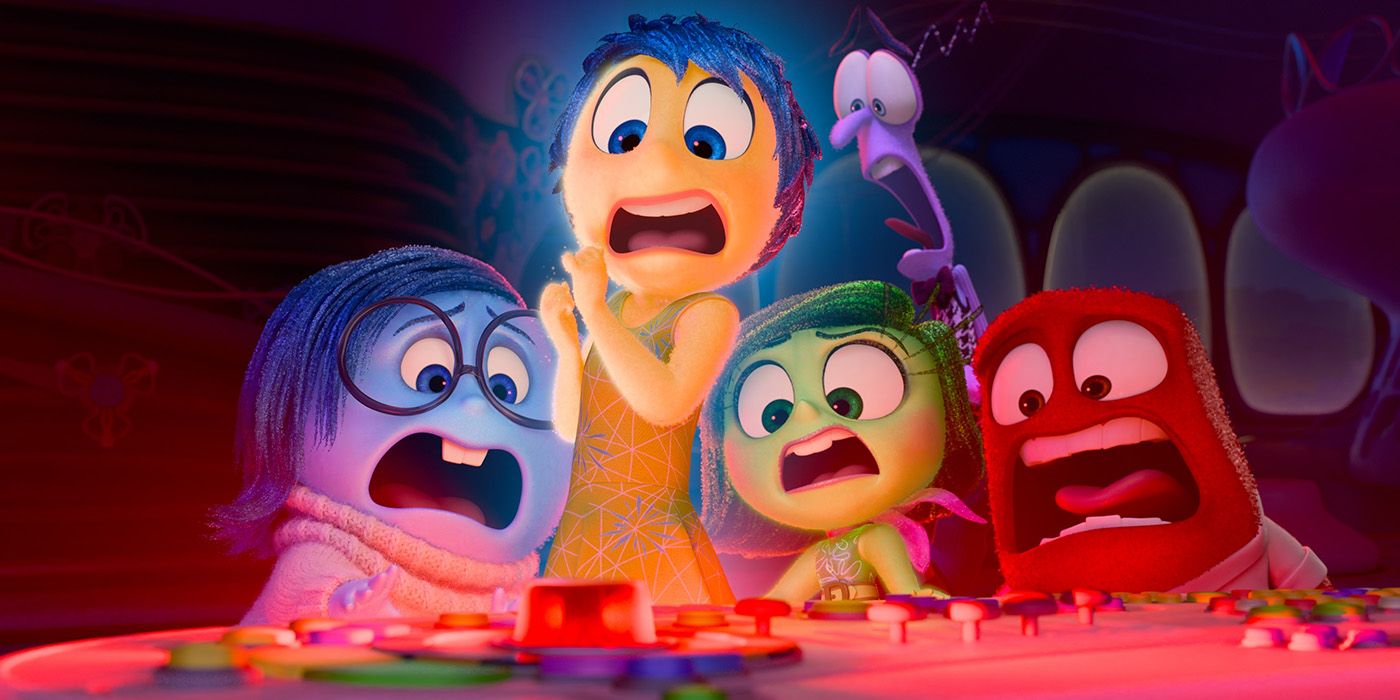
Pixar’s First Original Television Series Prioritizes Character Development
Character development has always been at the heart of every Pixar project, and with Win or Lose, Pixar has the opportunity to explore its characters in ways that traditional films do not allow. As viewers engage with each character’s internal conflicts, it’s reminiscent of Riley’s journey in Inside Out 2, where she grapples with the complexities of her life choices. This series offers a deeper exploration of character arcs, enabling a nuanced examination of significant topics that may be too complex for a short film yet not substantial enough to fill an entire feature. For instance, in the second episode, “Blue,” we follow Frank, the ref/history teacher, as he struggles with vulnerability both on the field and in his pursuit of love. His story, though tinged with sadness, is beautifully crafted and fits seamlessly into the episodic format.
Moreover, Pixar is now free to tackle everyday themes that resonate deeply, which may not warrant a full-length film (though some limitations still exist). Win or Lose delves into pertinent issues such as meeting parental expectations, navigating online dating, managing social media alongside parenting, and the moral dilemmas that arise from financial pressures. The first four episodes introduce viewers to several single or divorced parents, providing a grounding in real-world experiences that Pixar has rarely addressed in prior works. While the series retains elements of fantasy?like Laurie confronting her sweat monster, Frank?s emotional armor, and Vanessa?s engagement with social media?the fantastical elements are more subtly woven into the narrative compared to Pixar’s earlier productions.
‘Win or Lose’ Showcases a Talented Ensemble Voice Cast
As is customary for Pixar projects, Win or Lose boasts an outstanding voice cast, focusing on selecting the perfect fit for each role rather than simply casting popular names. Rosie Foss and Milan Elizabeth Ray shine as Laurie and Rochelle, respectively, skillfully depicting the pressures children face from schools and parents, alongside their struggle not to show this burden to avoid disappointing their families. Jo Firestone makes a notable impression as Laurie’s stress embodiment, “Sweaty,” delivering a comedic performance that feels perfectly aligned with Laurie’s narrative. However, the standout performance is from Rosa Salazar as Vanessa, who navigates the complexities of her character through two episodes. Initially portrayed as cheerful and carefree, she later reveals a more nuanced side as she strives to maintain a positive outlook for her family. This layered performance adds depth to a character that may seem simplistic at first glance.
While Pixar is still refining its approach to episodic storytelling, Win or Lose represents a significant advancement in that journey. By prioritizing character development and exploring each one from diverse perspectives across episodes, Pixar reignites the magic that has made it a beloved studio, showcasing its ability to infuse relatable, everyday emotions with enchantment. As Pixar navigates this new format, Win or Lose stands as their closest achievement to a resounding success yet.

